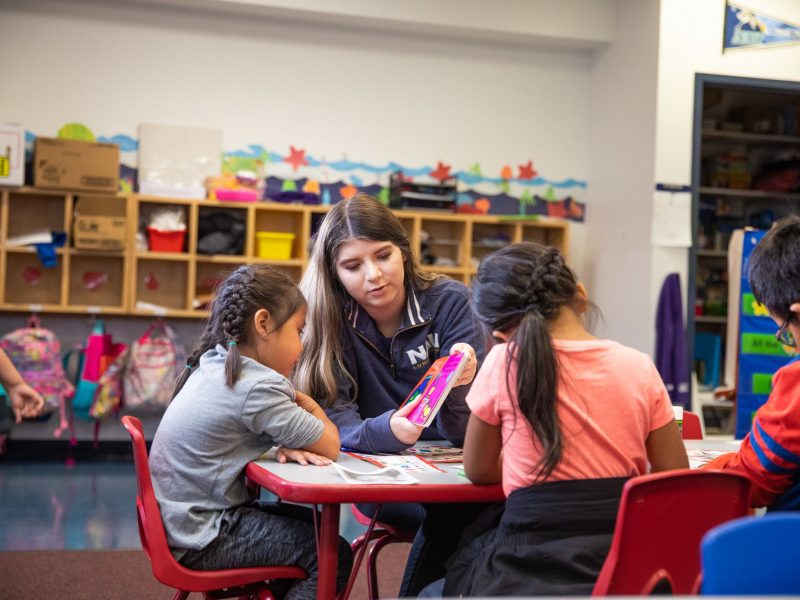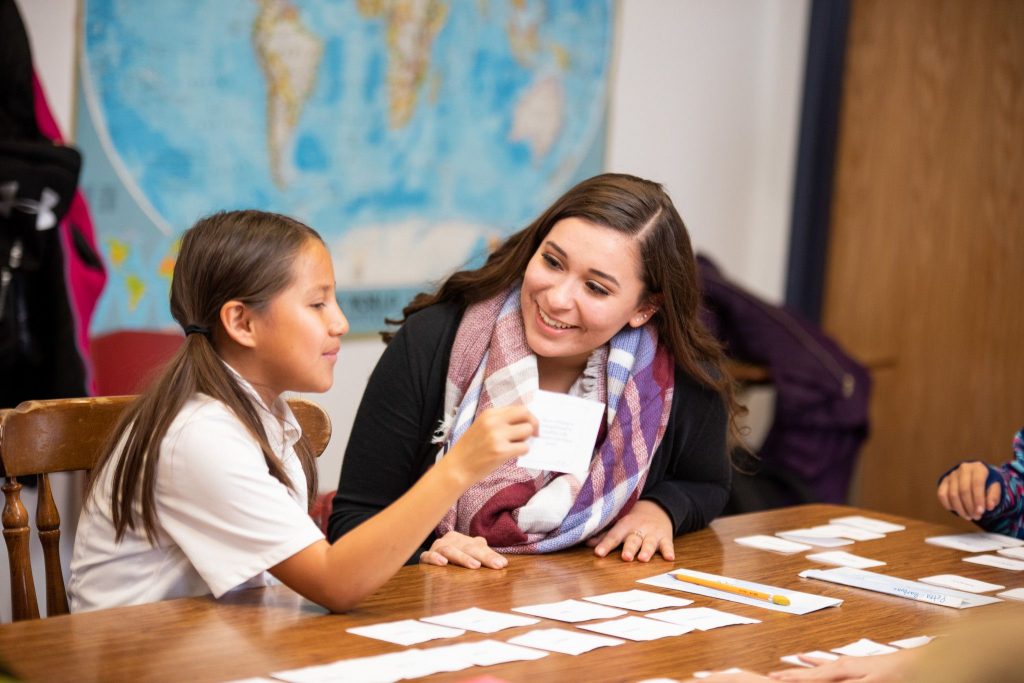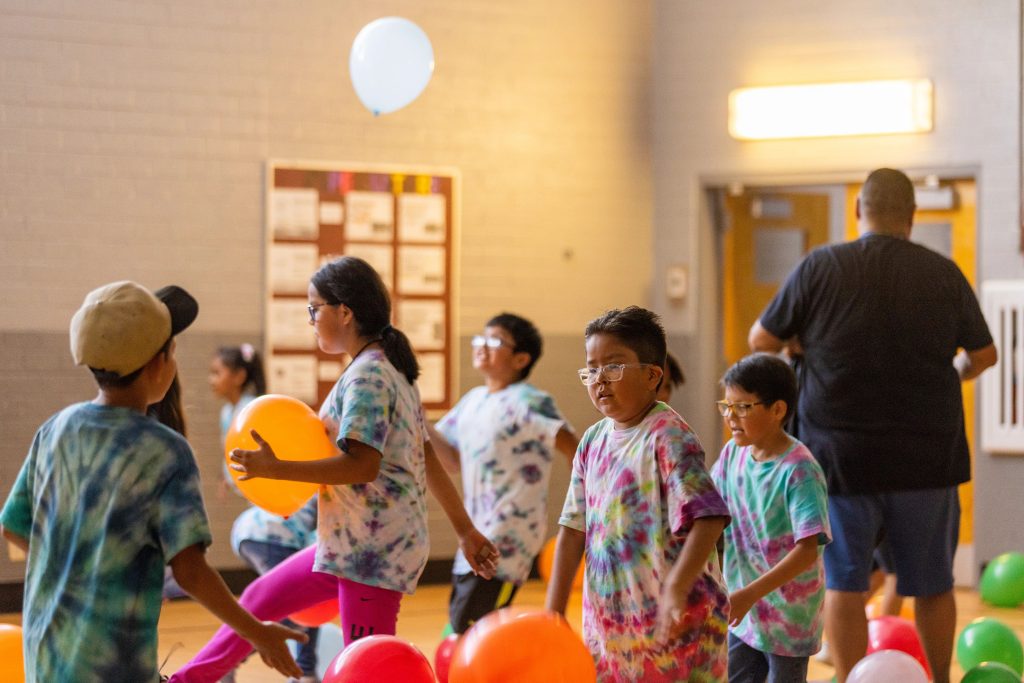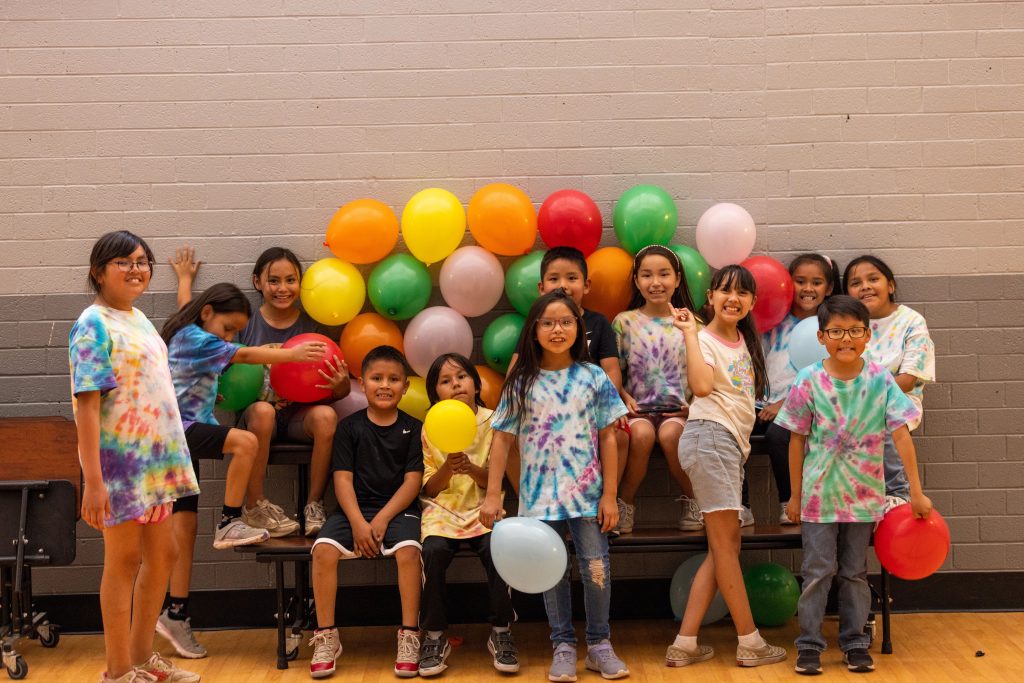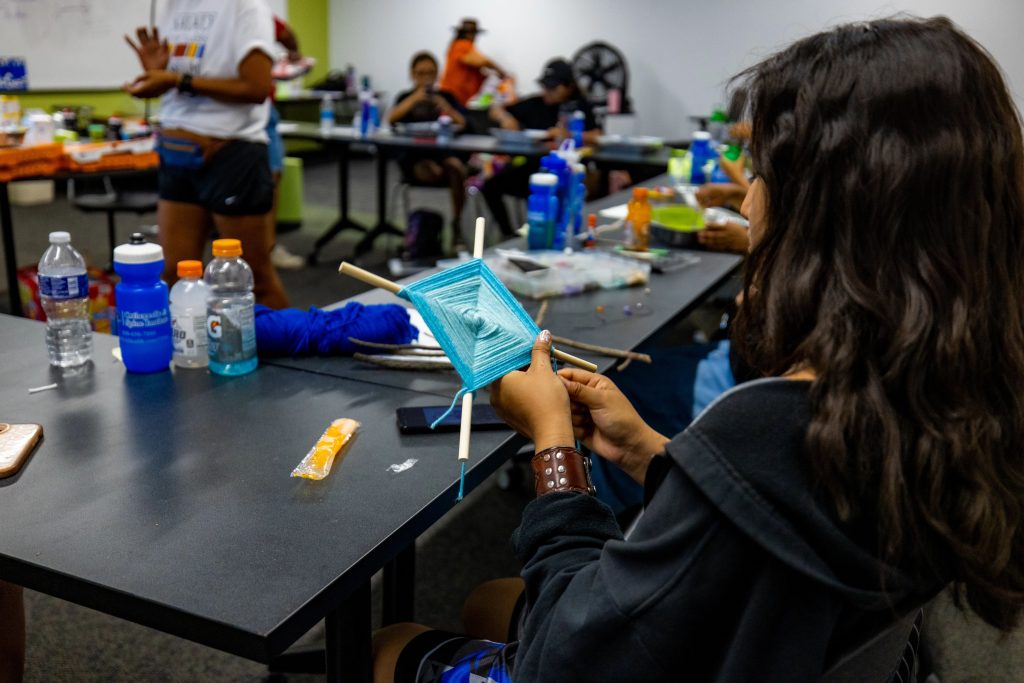Harnessing innovative teaching methods for elementary education
Elementary teachers continually seek new and creative strategies to engage young minds and enhance learning. From integrating technology to nurturing collaboration, classrooms are a hub of innovation. Discover how these transformative teaching methods can invigorate your teaching approach, making every lesson a journey of discovery for your students.
What are some creative teaching strategies for elementary students?
Incorporating interactive methods like project-based learning, utilizing technology through educational games, and implementing hands-on activities, such as science experiments or art projects, encourages active participation and makes learning fun and relatable.
How can I incorporate project-based learning into my classroom?
Incorporating project-based and problem-based learning (PBL) into your elementary classroom opens a gateway to boundless creativity and engagement. Start by identifying real-world issues or topics that resonate with your students and align with your curriculum objectives. Encourage collaborative brainstorming sessions where students can explore ideas and plan their projects together.
Guide them as they research, design, and execute their projects, cultivating independence and critical thinking. Throughout the process, offer support and feedback so your students reflect on their learning and make meaningful connections. Watch your classroom become a hub of innovation and inquiry!
Flipped classrooms and their benefits
Flipped classroom models offer a myriad of benefits for elementary education, revolutionizing traditional teaching approaches. By flipping the script and having students engage with instructional content at home through videos or online resources, valuable classroom time is freed up for interactive, hands-on activities. Students explore concepts at their own pace and revisit materials as needed.
Flipped classrooms promote student autonomy while allowing teachers to provide targeted support during in-person sessions. They also cater to diverse learning styles, enabling personalized instruction. Embracing a flipped classroom will deepen your students’ understanding and facilitate a culture of lifelong learning.
Collaborative learning techniques
Think-pair-share
This collaborative learning strategy encourages students to think individually about a question or problem, discuss their thoughts with a partner, and then share their ideas with the larger group. Think-pair-share boosts communication skills, enhances critical thinking, and helps students learn from diverse perspectives.
Jigsaw method
In the jigsaw method, each student becomes an expert on a specific part of a larger topic. After mastering their segment, students reassemble into new groups where everyone shares their expertise. This technique promotes comprehensive understanding and dependence on peer teaching, reinforcing knowledge through collaboration.
Inquiry-based learning using the Inquiry Arc
Inquiry-based learning is not just about asking questions; it’s about engaging with content through a structured process known as the Inquiry Arc Framework. This approach transforms the classroom into a laboratory of curiosity and analysis. Here’s how you can implement each step of the Inquiry Arc to maximize learning in your classroom.
- Begin with a question: Start each lesson with a compelling question that challenges students to think deeply and stimulates them to seek answers.
- Add visuals: Use diverse resources to enrich the inquiry. Maps, historical documents, scientific data, and multimedia presentations can provide new perspectives and stimulate critical thinking.
- Communicate conclusions: Encourage students to present their findings, whether through presentations, reports, or creative projects. This helps them solidify their understanding and improve their communication skills.
- Plan, monitor, and reflect: Teach students to plan their research, monitor their findings, and reflect on their learning. This step is important for developing their organizational skills and building a habit of lifelong learning.
How can I integrate technology into my elementary lessons?
Integrating technology into elementary lessons requires a thoughtful blend of innovation and purposeful planning. From interactive whiteboards to educational software, technology can bring abstract concepts to life, provide personalized learning experiences, and help students develop digital literacy skills. Begin by identifying clear learning objectives and selecting technology tools that align with your curriculum goals and student needs.
Prioritize digital citizenship and responsible use of technology by modeling appropriate behavior and teaching online safety practices. By seamlessly integrating technology into your classroom, you’ll inspire curiosity, deepen understanding, and prepare students for success in an increasingly digital world. But remember, the key is to use technology to support learning and ensure it complements rather than dominates the educational experience.
Hands-on STEM activities for elementary students
Incorporating STEM activities into elementary classrooms sparks curiosity and cultivates problem-solving skills from an early age. Consider activities like building simple machines using everyday materials, conducting science experiments exploring the principles of physics or chemistry, or coding basic algorithms using block-based programming languages.
Engage students in engineering challenges such as designing and constructing bridges or creating structures to withstand simulated earthquakes. And don’t forget to incorporate nature walks to encourage outdoor exploration of the natural world.
By providing your students with opportunities for hands-on exploration and experimentation, you will inspire a love for STEM subjects and empower them to become the innovators and problem solvers of tomorrow.
Wrap-up
As educators, we aim to create environments that encourage creative thinking, problem-solving, and lifelong learning in our students. By embracing innovative teaching methods such as project-based learning, flipped classrooms, integrated technology, and hands-on STEM activities, we can ensure they are prepared for the future and excited to shape it. Explore these strategies in your classroom and watch as your students transform into engaged learners and innovative thinkers.
Interested in taking the next step in your teaching training? Explore the College of Education’s degrees and programs.
